Are you struggling to market your business online? Do you need some help refining your marketing to get you the rankings, clients and revenue you need to be successful?
Take a step toward your goals with Foster Consulting, Inc.'s FREE marketing resources. The books and training materials below contain proven methods that businesses like yours have used to increase their clients and customers and get the cases and patients that they are looking for. Our books are based on real-world experiences and they will teach you techniques that have proven to work when executed correctly.
Are You a Lawyer or Doctor Looking to Accelerate Your Growth?
If you've been trying to get more leads, more clients or patients, and you're not sure how to get there, Foster Consulting, Inc. is here to help. Contact us online or call our office directly at 888.886.0939 to schedule your free consultation. We have been helping clients throughout the United States and internationally since 1998 and are confident we can help you not only reach, but exceed your goals.
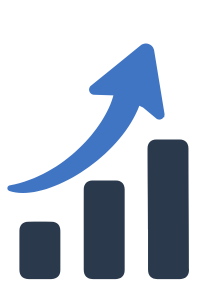
Introducing The Profit Blueprint Session
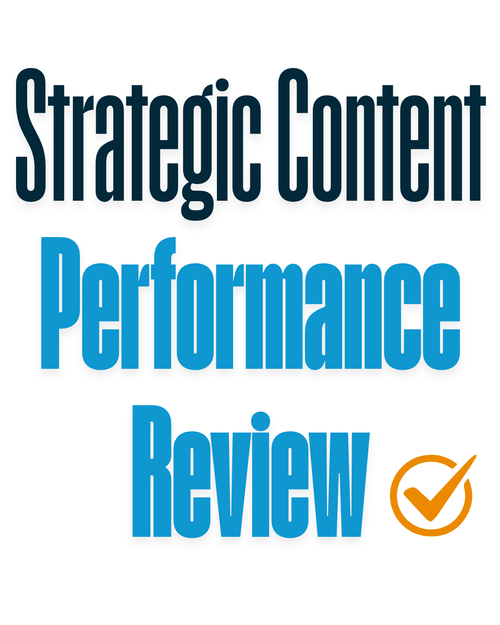
Strategic Content Performance Review: You'll Walk Away With

AEO (Answer Engine Optimization) for Practices That Want to Be Chosen—Not Compared
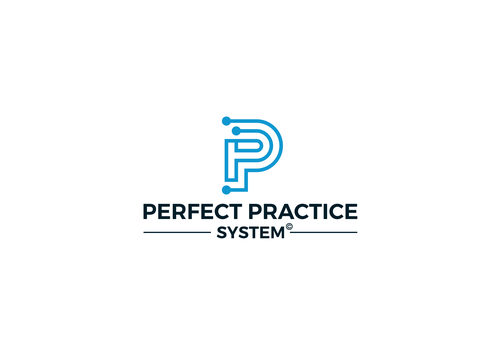
Transform Your Practice With a Proven Growth Framework
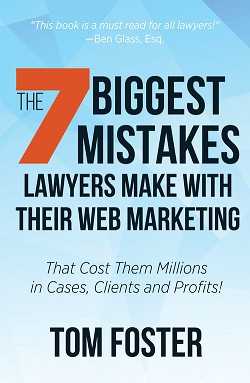
Get the Free Book:
"7 Biggest Mistakes Lawyers Make With Their Web Marketing That Cost Them Millions in Cases, Clients, and Profits"

21 Top Law Firm Web Design Tips
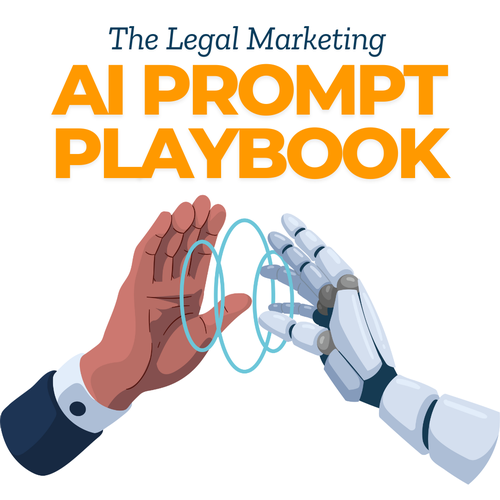
Your Essential Guide to Effective and Persuasive Client Communication for Attorneys
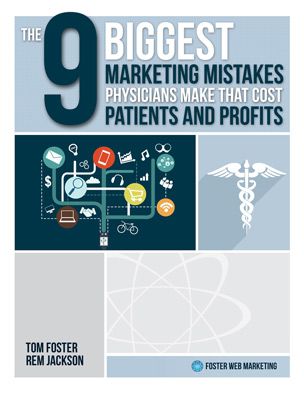
The 9 Biggest Marketing Mistakes Physicians Make That Cost Patients and Profits
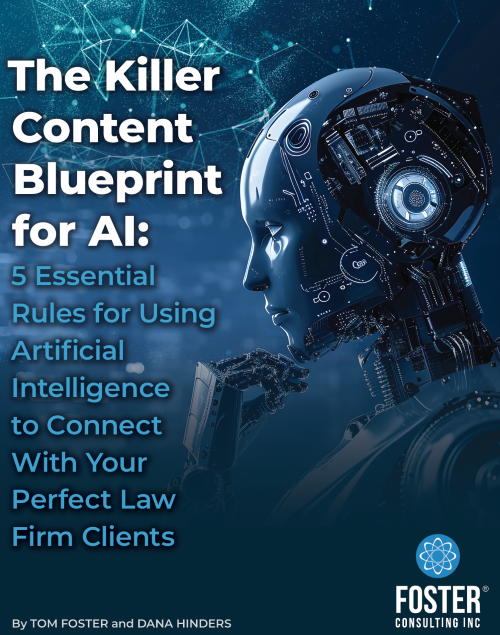
The Killer Content Blueprint for AI: 5 Essential Rules for Using Artificial Intelligence to Connect With Your Perfect Law Firm Clients
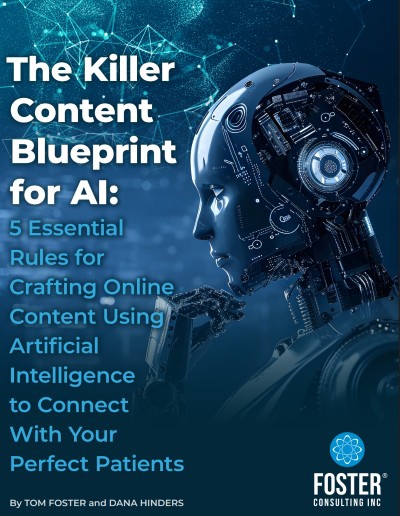
The Killer Content Blueprint for AI: 5 Essential Rules for Using Artificial Intelligence to Connect With Your Perfect Patients

Increase Your Case Volume & Firm Revenue in Just 30 Minutes

The 7 Biggest Mistakes You’re Making With Your Video Marketing

Expert Marketing Services Without the Full-Time Commitment

Are You Really Maximizing Your Cash-Pay Potential?
 AI Mastermind" />
AI Mastermind" />
Join the AI Mastermind
 Award-Winning Design and Services" />
Award-Winning Design and Services" />
Unparalleled Marketing Automation Software Backed by Award-Winning Design and Services
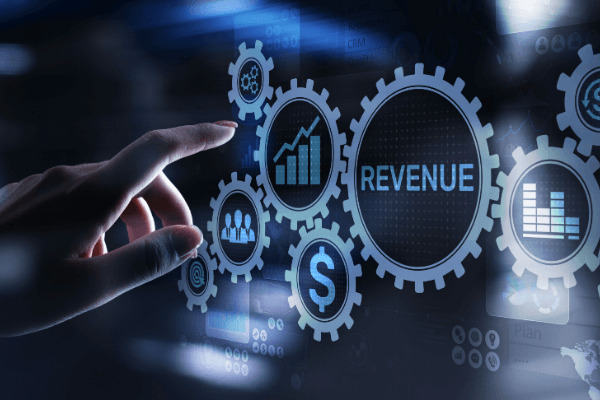
Unparalleled Marketing Automation Software Backed by Award-Winning Design and Services
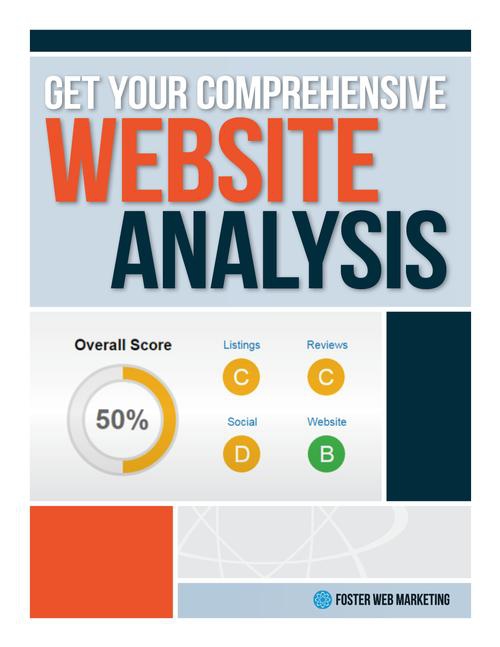
Are You Getting the Leads You Want from Your Website? Want to Know Why?

